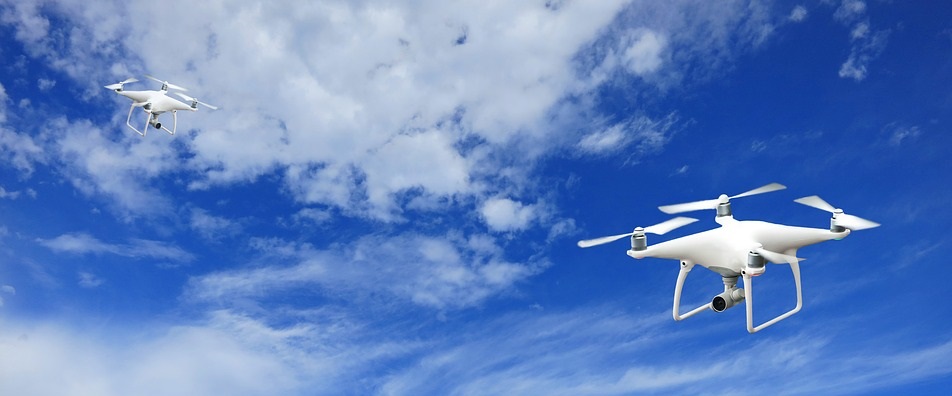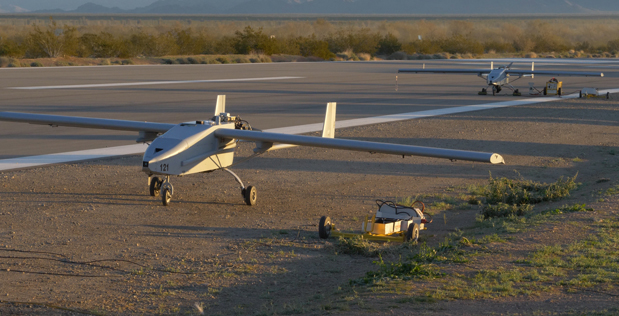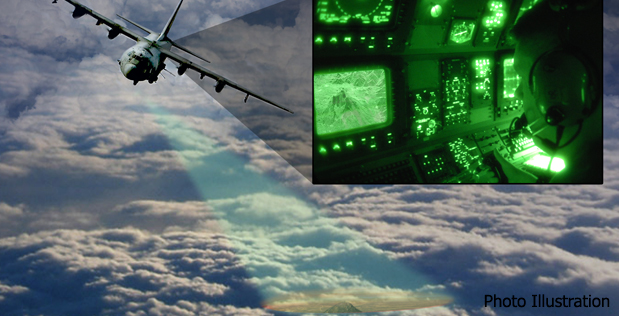DARPA has awarded funding to six organizations to support the Next-Generation Nonsurgical Neurotechnology (N3) program, first announced in March 2018. Battelle Memorial Institute, Carnegie Mellon University, Johns Hopkins University Applied Physics Laboratory, Palo Alto Research Center (PARC), Rice University, and Teledyne Scientific are leading multidisciplinary teams to develop high-resolution, bidirectional brain-machine interfaces for use by able-bodied…
Training AI to Win a Dogfight
Artificial intelligence has defeated chess grandmasters, Go champions, professional poker players, and, now, world-class human experts in the online strategy games Dota 2 and StarCraft II. No AI currently exists, however, that can outduel a human strapped into a fighter jet in a high-speed, high-G dogfight. As modern warfare evolves to incorporate more human-machine teaming,…
Expediting Software Certification for Military Systems, Platforms
Military systems are increasingly using software to support functionality, new capabilities, and beyond. Before a new piece of software can be deployed within a system however, its functional safety and compliance with certain standards must be verified and ultimately receive certification. As the rapid rate of software usage continues to grow, it is becoming exceedingly…
With Insights from Integration Exercise, SubT Challenge Competitors Prepare for Tunnel Circuit
Nine teams hailing from four continents gathered in Idaho Springs, Colorado, the week of April 5-11, 2019, to test autonomous air and ground systems for navigating the dark, dangerous, dirty, and unpredictable underground domain. The SubT Integration Exercise, known as STIX, took place at the Colorado School of Mines’ Edgar Experimental Mine. The event provided…
OFFSET Seeks Proposals to Accelerate Swarm Tactics in Virtual Environments
DARPA is soliciting creative proposals for the fourth swarm sprint in its OFFensive Swarm-Enabled Tactics (OFFSET) program. OFFSET envisions swarms of 250 collaborative autonomous systems providing critical capabilities to ground units in urban areas where challenges such as tall buildings, tight spaces, and limited sight lines constrain essential communications, sensing, maneuverability, and autonomous operations. The swarm sprints…
In the Sky and on the Ground, Collaboration Vital to DARPA’s CODE for Success
On a brisk February morning in the Yuma, Arizona, desert, a swarm of unmanned aerial vehicles equipped with DARPA’s Collaborative Operations in Denied Environment system, or CODE, successfully carried out mission objectives, even when communications were offline and GPS was unavailable. One-by-one, six RQ-23 Tigersharks lifted off, fitted with an array of sensors onboard. Next to…
Architecting a New Breed of High Performance Computing for Virtual Training Environments
The testing, evaluation and training of future military systems will increasingly take place in virtual environments due to rising costs and system complexity as well as the limited availability of military ranges. Virtual simulators are already used to augment real-world training for modern fighter aircraft pilots, and they hold significant promise for addressing the rigorous…
DARPA Awards Six Teams During Final Spectrum Collaboration Challenge Qualifier
On December 12, DARPA held the second preliminary event of the Spectrum Collaboration Challenge (SC2) – the world’s first collaborative machine-intelligence competition to overcome spectrum scarcity. Fifteen teams represented by members from across the academic, commercial and defense landscapes gathered at Johns Hopkins University Applied Physics Laboratory (APL) to pit their intelligent radio designs against…
DARPA Announces 2019 Spectrum Collaboration Challenge Live Finale
DARPA today announced its plans for the 2019 finale of the Spectrum Collaboration Challenge (SC2)—the world’s first collaborative machine-intelligence competition to address spectrum scarcity. Through a new partnership with the GSMA, the organization that represents mobile operators worldwide, DARPA will host a live SC2 Championship event alongside the 2019 Mobile World Congress Americas (MWCA) annual…
New Radar Sensor Provides Clear Vision In Any Weather
DARPA’s Video Synthetic Aperture Radar (ViSAR) program recently completed flight tests, successfully demonstrating a new sensor that can capture real-time video through clouds. The ViSAR program, which began in 2013, has been developing an Extremely High Frequency (EHF) targeting sensor to operate through clouds as effectively as current electro-optical and infrared (EO/IR) sensors operate in clear weather.…








